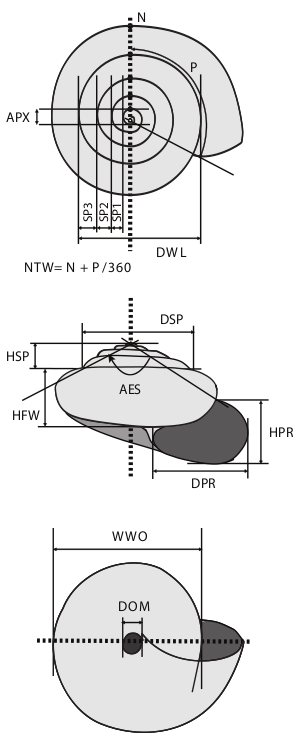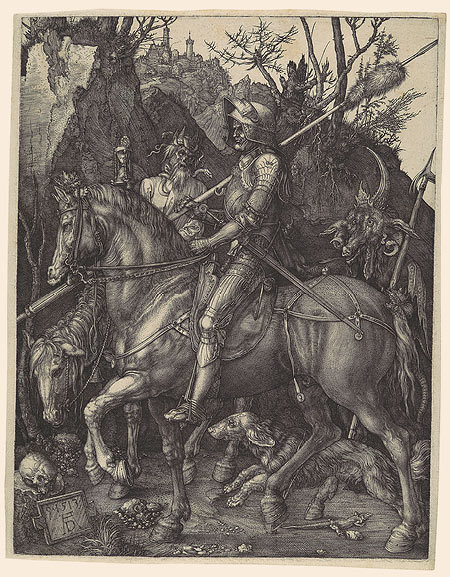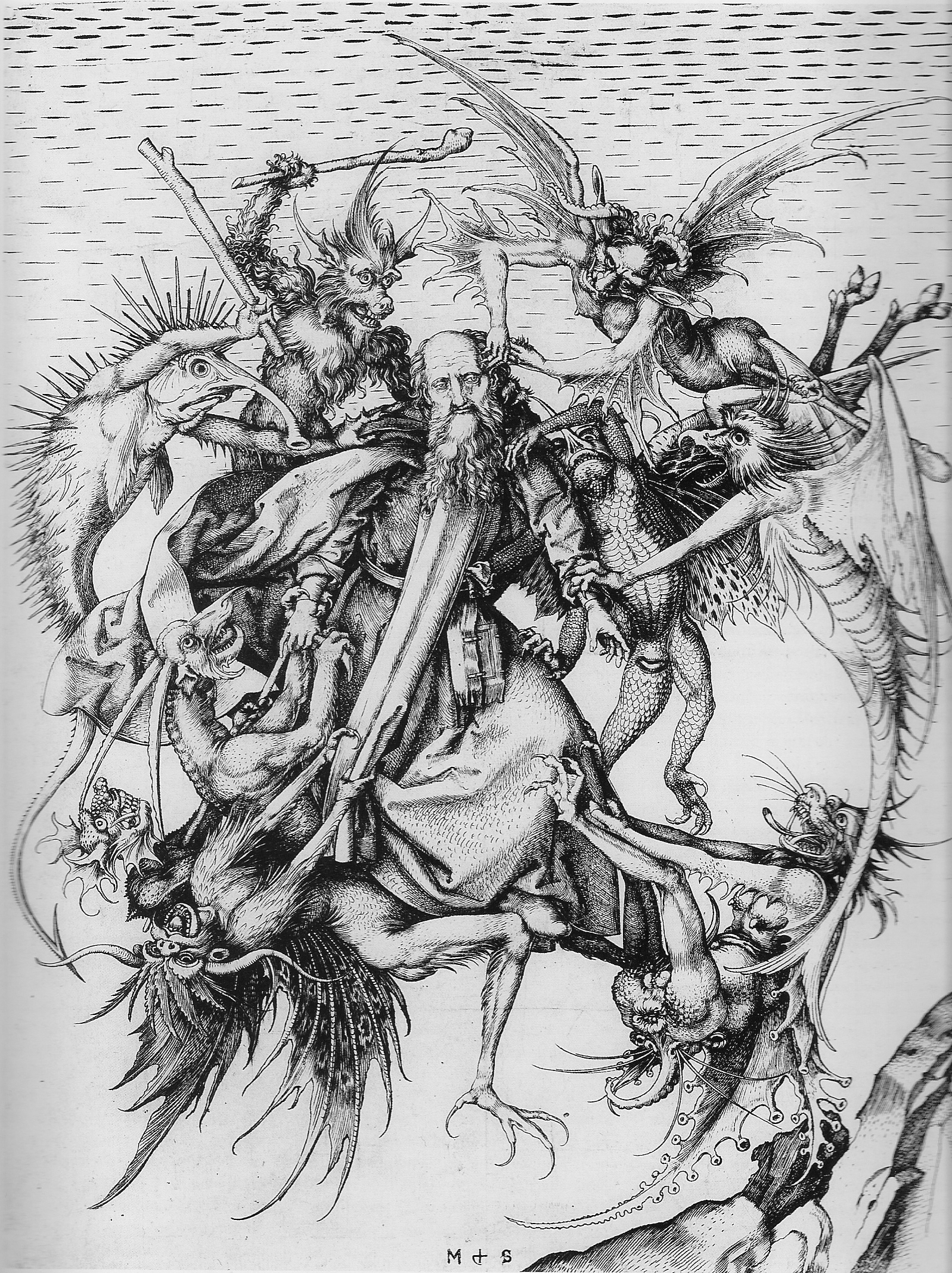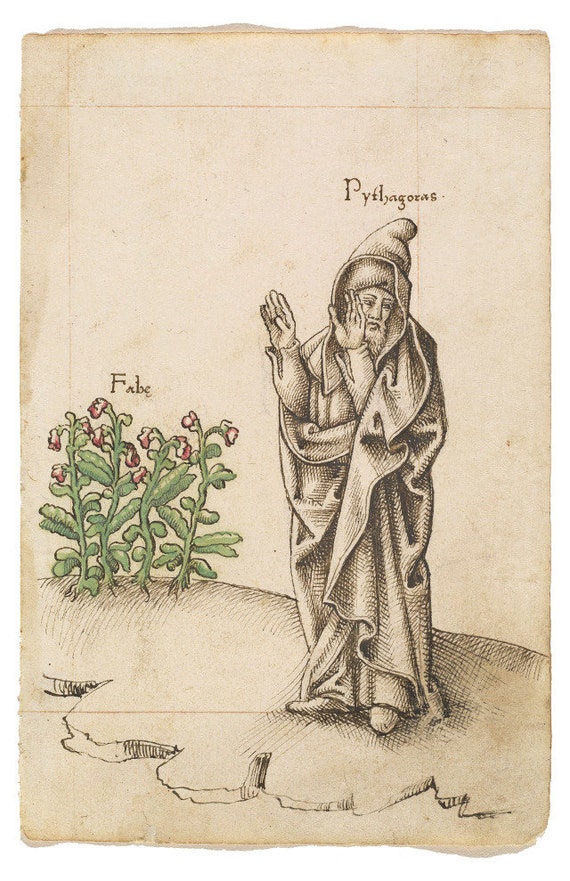This post is dedicated to a friend who has been scrupulously studying the works of Albrecht Dürer to make a film for his compositions. I am lucky enough to be a sounding board for the script and process, which has been wildly inspiring.
First are some images by Dürer.
Knight, Death, and the Devil, 1513
Melancholia I, 1514
St. Jerome in his Study, 1514
These will be the main parts of the film, featuring the characters in various ways, often indirect, as well as common themes such as the hourglass.
One of his earlier prints is also of note, since he had nearly perfected his ideas of proportion and plays with the idea of the humors. And who doesn't love that goat in the top right corner?
Adam and Eve, 1504
I should also note that there are some great bits about Dürer in
THIS BOOK
Recently, this also led me to look further into the creative stylings in depictions of St. Anthony. He was tempted by demons, and since demons don't have a single face or type, it was an invitation for artists to be as inventive as possible. My favorite:
Martin Schöngauer, Temptation of St. Anthony, 1470s
The style here is amazing, and the creativity even more so.
And St. Anthony was also the namesake of an illness ("St. Anthony's Fire") now known as
ergotism. Because of this, he was featured in a brilliant altarpiece by
Matthias Grünewald:
Isenheim Altarpiece, 1512-1516
It depicts a Jesus covered in lacerations, skin affected similarly to those with the disease.
In the left-hand corner on the internal wing, St. Anthony is again tortured by demons.
HERE you can see the how the altarpiece opens.
In another altarpiece in Aachen, I found this little guy being very proud of doing his job next to St. Anthony.
And
HERE is a funny rant on depictions of St. Anthony.
More to come later!














.jpg)












:format(jpeg):mode_rgb():quality(96)/discogs-images/R-4921124-1379564062-8246.jpeg.jpg)
:format(jpeg):mode_rgb():quality(96)/discogs-images/R-4921124-1383367785-4570.jpeg.jpg)
:format(jpeg):mode_rgb():quality(96)/discogs-images/R-4921124-1379564044-1700.jpeg.jpg)





















